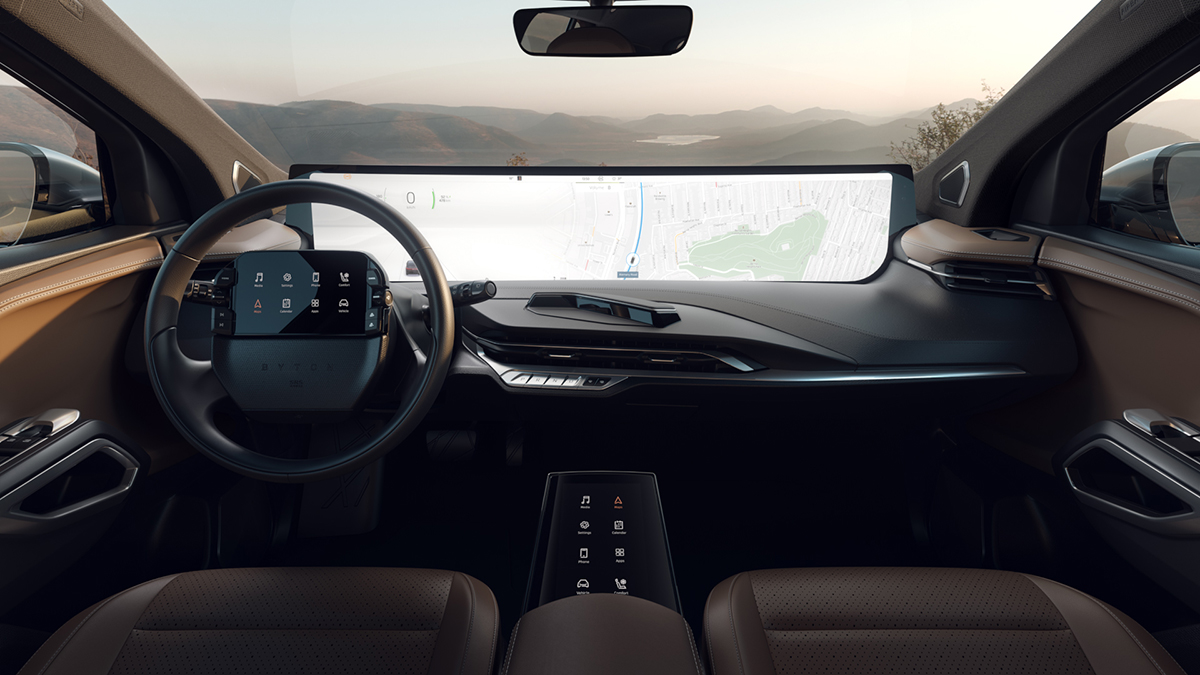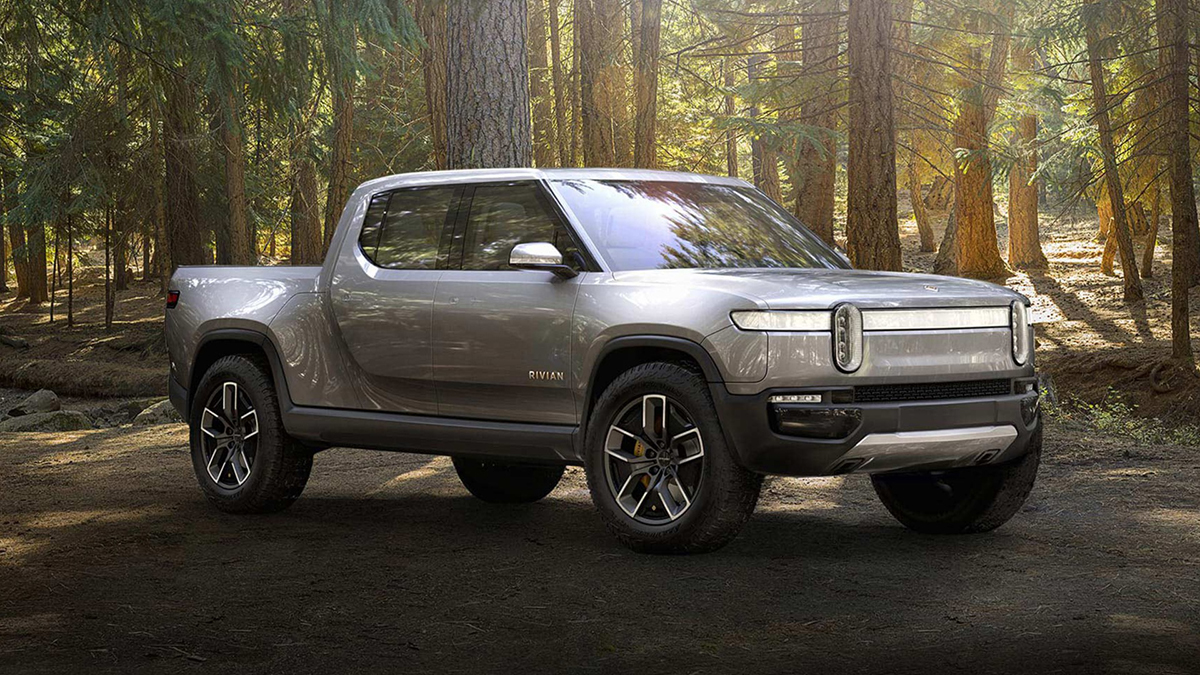Monday Musings: Bye Bye Byton.

What will it take for an EV brand not named Tesla to succeed in the United States?
Rumors of trouble have been swirling around the Chinese-backed, electric vehicle startup Byton and their Silicon Valley operations ever since they furloughed hundreds of people in April. Now it seems the company will shut its doors in the U.S. for good at midnight tomorrow if my sources are correct. (UPDATE: Official word is Byton is suspending operations on July 1 for six months, but a restart seems unlikely) The Coronavirus pandemic was a convenient excuse for the furloughs, but it really only accelerated the inevitable. Word is Byton’s employees in China have been paid nothing or a reduced percentage since the beginning of March and their European office / Design Hub in Munich has also been shut down even though they have commitments to honor due to strict German worker-rights policies.

If true (and I have no reason to believe it isn’t), Byton will join a list of heavily hyped all-electric car companies into the recycling bin of history. To date, neither an independent startup nor an established manufacturer has delivered that “Tesla Killer” we keep hearing about. We’ve seen tons of vaporware in this space from names like Faraday, Fisker, and Lucid. Nameplates from established brands like Bolt, Niro, I-Pace, Leaf and others have failed to generate any real excitement and momentum. Will the Mustang Mach-E change that? Ford certainly cranked up the hype machine for its reveal in LA last fall. Holding it in an airplane hangar next to Musk’s Space-X headquarters was a clear shot across Tesla’s hood. Time will tell.

Then there are the oh so hot electric truck concepts from Tesla, Rivian, Bolinger, and Lordstown. First of all, who’s going to buy all the ultra heavy, ultra expensive, consumer oriented pickups? The bulk of the market is in work trucks. Even still, Tesla’s Cybertruck sent the big three scurrying to unveil their plans for an electric pickup, only confirming their roles as followers, not leaders in this space.
The co-development project between Hyundai and Canoo is another interesting marker. The Korean automaker has shelled out a lot of cash for their “proprietary skateboard platform.” But that’s one of the big challenges of EV architecture, everything is built on skateboard architecture. How proprietary can it be? And frankly, if the future of transportation looks like this, I’m not really interested.

EVs have several significant challenges right now. First, the economics just don’t make any sense. The investment in the of development of a ground up design paired with the high price of currently available batteries make MSRPs of the independent challengers ridiculously high. Major manufacturers like Nissan and GM have not been willing to subsidize their investments for future profits as heavily as Tesla. So even though they don’t make money the cars they are producing, they still feel like very expensive econoboxes.
EVs do have an operating cost advantage. But with gas prices plummeting, incentives being wiped away, and ICE options available that deliver nearly 50+ miles per gallon for significantly less money, you’d have to drive your Niro EV a whole lot of miles before you’d see any savings from buying the ICE-powered Niro that costs $15,000 less.
And then there’s the battery tech that takes too long to charge and doesn’t go far enough between plug-ins for most Americans. Our free-wheeling, “I’ll go where I want, when I want, and don’t you dare make me wear a damn mask lifestyle” is an anathema to the compromises EV ownership requires. Driving an EV across most states requires careful planning. Driving across the country requires D-Day level execution.
Sure, EVs are gaining traction in Europe, but don’t be fooled into thinking it’s because of any inherent altruism and concern for the environment that exists there. The surge in sales on the continent is driven predominantly by the 2020 CO2 targets, future EU mandates, and looming local bans of gas and diesel powered vehicles in major cities like Paris, London, Copenhagen, Madrid and others.
Don’t get me wrong. I’m not arguing against EVs. We must do something to curtail fossil fuel use around the world or we are headed for all out disaster. I’m just trying to figure out why Tesla has succeeded (in spite of itself sometimes) when larger companies and other interesting startups can’t seem to get out of first gear, much less park.

It’s certainly not design. Teslas are distinctive, but outside of the original roadster, they’re nothing to write home about. The Model S is arguably a handsome full-size sedan, but the X and 3 are both a little ungainly and awkward. The interiors are tech forward with all the comfort and convenience features you expect from a luxury car but somewhat spartan. Features like AutoPilot when they work are a demonstration of the amazing potential of autonomy. But there have been too many accidents at the hands of inattentive drivers to declare the system ready for prime time.
Their performance is fine – Ludicrous mode is a nice gimmick – although Porsche’s Taycan is no slouch. But that’s not really why people buy sedans and crossovers. Large optional and expensive battery packs give Teslas the range people are looking for, but it still takes 40 minutes to reach 80% on a Supercharger and the network isn’t as ubiquitous as it needs to be. In EV dense areas like southern California owners sometimes have to wait hours to plug in during peak times and seasons. And then there’s Tesla’s famous quality. Or should I say, “infamous?” In the most recent J.D. Power initial quality study Tesla came in dead last with 250 complaints per 100 vehicles.
So it’s expensive, unreliable, and inconvenient, yet the Model 3 is really the only EV to gain mass adoption to date and it’s pretty clear the compact SUV Model Y will follow suit. Again, the question is why?

Let’s start at the top with Elon Musk. Say what you will about him – and people have said plenty – he’s a dynamic, brilliant, fascinating leader. Some think it’s just a cult of personality, but that sells his achievements and vision short. Let’s face it, EV investment, development, and adoption wouldn’t be anywhere near where it is industry wide were it not for Musk. He has single-handedly made it an issue and poured millions of his own money into Tesla early on. Tesla is mission-driven and he is the general, focusing the company on the future, using his outsized personality and social media presence to create enough excitement and distraction to keep Tesla top of mind with both consumers and analysts.
Tesla can’t be separated from Musk and thus everything he does becomes part of the brand. Space-X and Tesla may be two different companies but when Tesla owners and intenders see a rocket land on a tiny platform on a bobbing ship in the middle of an angry ocean, they know the man behind that miracle is also leading the team for their car.
His foresight also means Tesla had a huge first-mover advantage into the space. Every new EV that hits the market has to be compared to Tesla. They set the bar for others to reach. Others are getting closer from a product standpoint, but they’re miles behind when it comes to the brand. Tesla continues to be highly valued by their customers and Wall Street, not because of what they’ve done, but what they’re still capable of. They’ve carved out just enough space for themselves to sustain operations while technology is still developing. More important, Tesla is positioned for market leadership when battery technology and charging infrastructure advance to the point where range and charge times aren’t significantly different from ICE-powered options.
When will that day come? Who knows? But until it does, there’s not a lot of room for another EV brand to sell in volume. All the hopefuls and pretenders will just have to bide their time or burn through stacks of cash waiting for a technological breakthrough to expand the consumer market. Until then, their best bet will be to find a real niche like Nikola in the OTR trucking market or other commercial applications including urban mass transit, agriculture, or mining vehicles.
The future of the automobile may be electric, but something significant will have to change before that future arrives.



